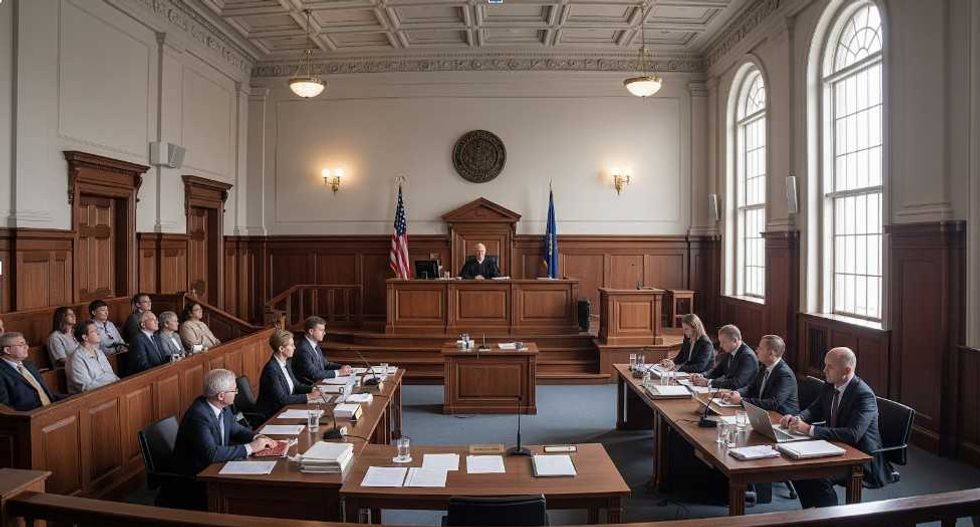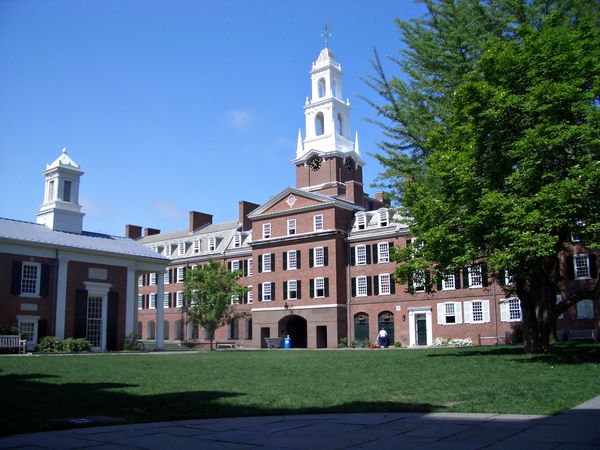The idea of a landfill, if you think about it, is extremely disturbing. Humans put unwanted (and oftentimes, “unnatural”) items in a space that is in the home of the “natural.” We disrupt and displace ecosystems for the sole purpose that we need storage space for our garbage. It’s completely intrusive. What’s even more frustrating is that a lot of this landfill waste consists of compostable materials. This means that it’s just taking up space when it could be repurposed as a rich fertilizer. Furthermore, products like metals, plastics, and batteries can be recycled. They too are just unnecessarily adding to the mess.
On the positive end of things, composting benefits the soil by breaking down organic material and fighting off plant disease, and it saves money that would otherwise be spent on more garbage bags or chemical fertilizers. You can get a composter in your own backyard for as little as $15. You can buy a recycling bin for less than $5 or simply take your recyclable products to a local recycling depository.
Altogether, a lot of the issue revolves around the fact that people are not educated about sustainability in the U.S. Many people don’t understand the harms of landfills, or they don’t know what composting is or how to do it properly. So, here are some items that can be composted: eggshells, fruits and vegetables, leaves, flowers, coffee grounds, newspaper, hay, tealeaves, etc. Having these materials, you combine them with twigs, straw, or woodchips, manure, and a little bit of water. Then, you turn this pile every few weeks, allowing in oxygen. The best compost piles have 2/3 carbon materials (wood, paper, etc.) and 1/3 nitrogen materials (leaves, vegetables, manure, etc.).
The issues of the environment are often dismissed as unimportant because of the prevalent human/natural world binary. However, there is no hierarchy when it comes to the natural world, there is only a web in which all living organisms are meshed together and affect one another.





















